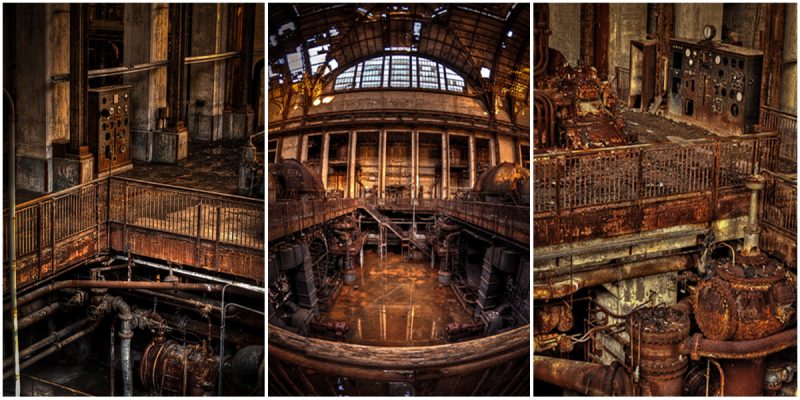Owned and operated by Philadelphia Electric Company (now Exelon), the Port Richmond power generation station was built from 1919 to 1925. Designed by architect John T. Windrim and engineer W.C.L. Eglin, the coal-fired electrical generation plant was placed into service in 1925 and the station’s Neoclassical Revival design was used by the company to reflect permanence, stability, and responsibility.
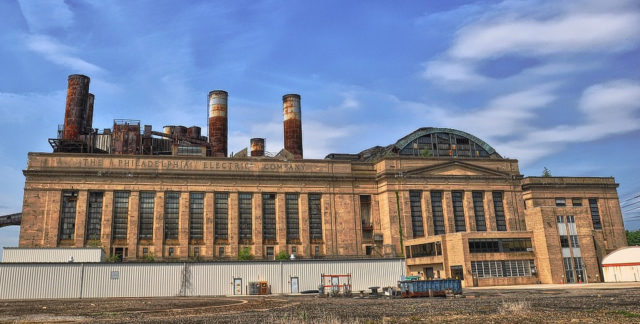
As designed, the station was to contain three distinct generating components; each component was to consist of a boiler house to produce steam, a turbine hall, and a switch gear building to control power distribution. At its peak, the Port Richmond station’s four huge steam turbines had a capacity of 600 megawatts.
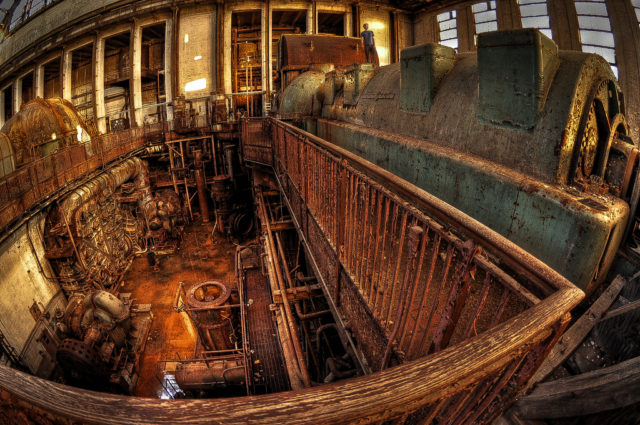
The station’s interior is defined by massive open spaces and the Turbine Hall was one of the largest open rooms ever designed, modeled after the ancient Roman baths and illuminated with curved skylights along the cruciform ceiling 130 feet above the floor.
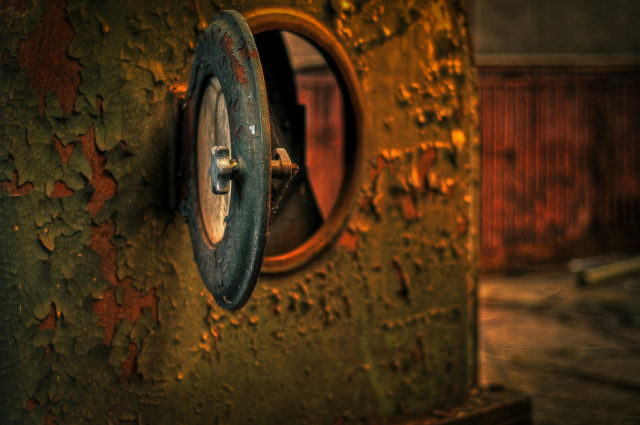
The station was a technological marvel, housing the world’s largest Westinghouse turbo-generator added in 1935 to supply current to the newly completed electrification of the Pennsylvania Railroad from New York to Washington. It was powered by two pulverized coal-fired boilers that gave it an effective rating of 135 MW. After World War II, it was overhauled and two new stoker-type boilers were added.
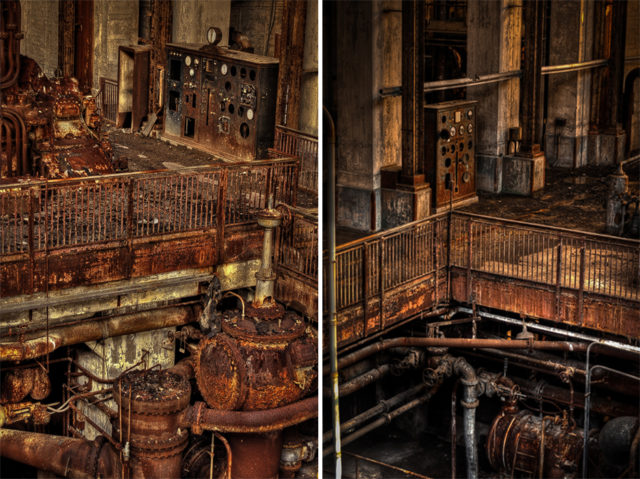
In the late 1960s, nineteen combustion jet-type turbo generator units were planned to be installed. Eight of these units were built by Worthington and consisted of two Pratt & Whitney jet engines (similar in design to a 707 jet engine).
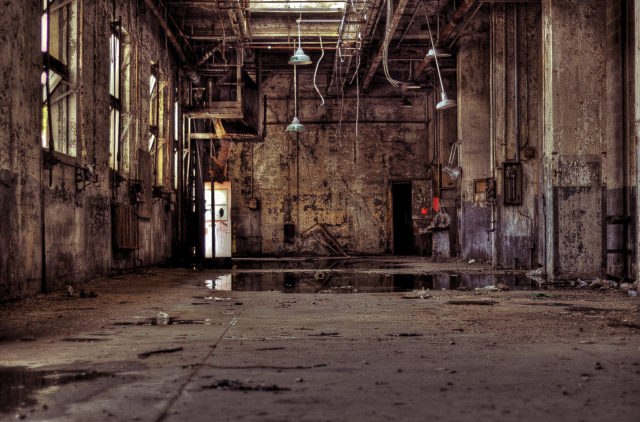
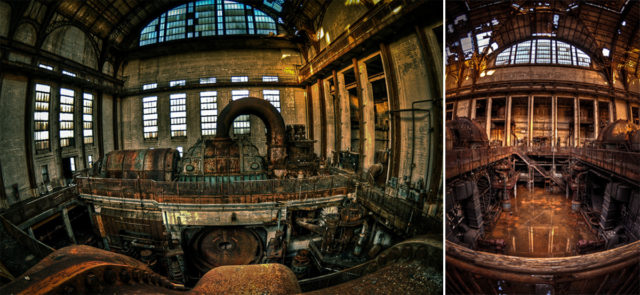
It closed as a full-time power plant in 1985 and All of the jet units have been sold except for two of the GE units which are still used during times of peak load. Since its closure, the plant has been used as a set for big budget Hollywood films. The building was one of the locations used for the movie Twelve Monkeys and artifacts for the film can still be found throughout the structure.
